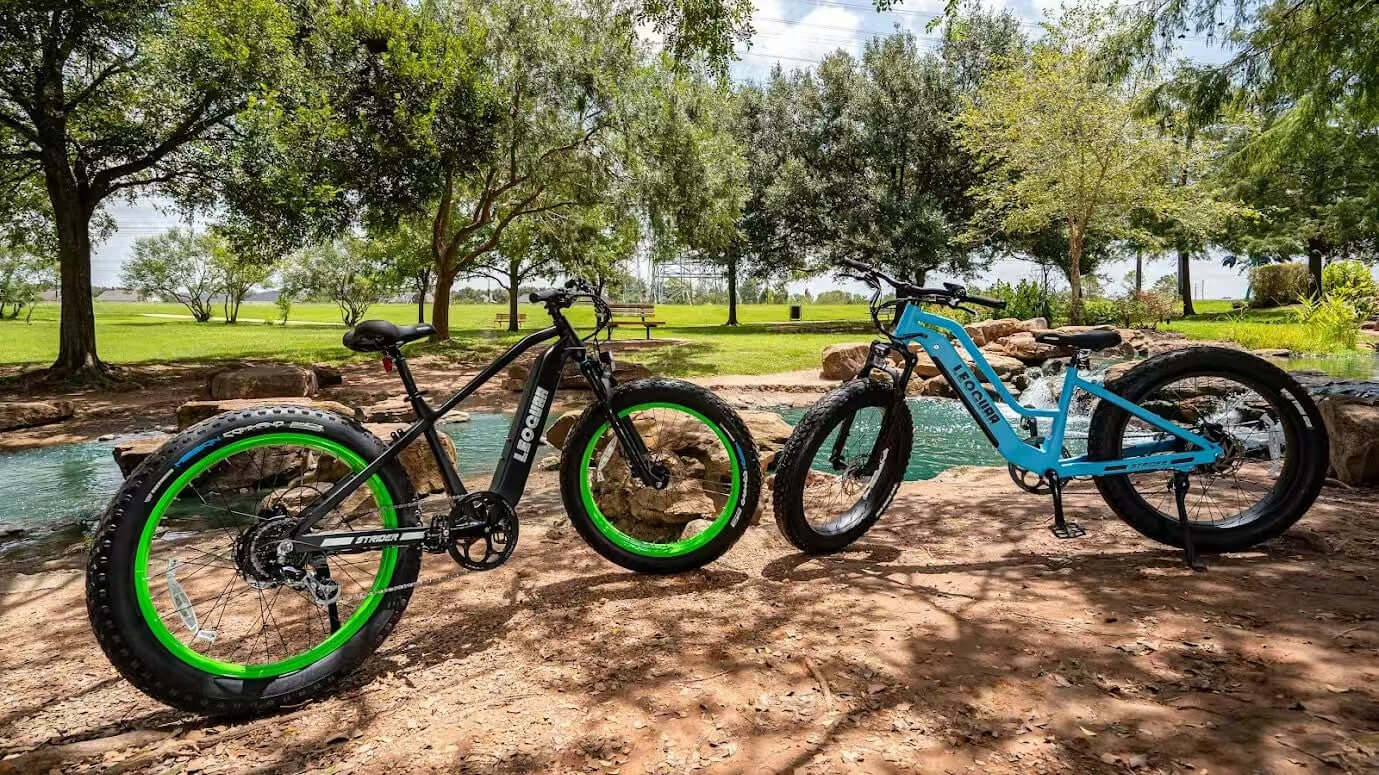
What is a Class 3 Ebike - the Fast Commutes & Fitness Riding
The electric bike revolution is in full swing, but with various classes and specifications, understanding the differences can be confusing. Among them, the Class 3 e-bike stands out for its speed and efficiency. In simple terms, an e-bike provides electric assistance to your pedaling. This article aims to demystify Class 3 e-bikes, explaining their unique features and the benefits they offer to riders.
A Class 3 e-bike is specifically defined as a bicycle equipped with a motor that provides pedal assist up to 28 miles per hour. This distinguishes them from Class 1 e-bikes, which offer pedal assist up to 20 mph, and Class 2 e-bikes, which include a throttle and also have a 20 mph speed limit. It's crucial to emphasize that Class 3 e-bikes rely solely on pedal assist; they do not have a throttle. The rider must pedal for the motor to engage, enhancing the riding experience and providing a more natural feel. This makes them significantly faster than other classes, and a prime choice for those wanting speed.
The primary advantage of a Class 3 e-bike is its speed. This allows for faster commutes, enabling riders to cover longer distances in less time. The increased efficiency benefits riders who want to maintain higher speeds, particularly in urban environments where keeping pace with traffic is essential. For riders seeking a balance between speed and exercise, Class 3 e-bikes offer a perfect solution. They allow for a more intense workout while still providing the necessary assistance for challenging terrains or long rides. This ability to go further, faster, opens up new possibilities for both commuting and recreational riding.

While Class 3 e-bikes offer significant advantages, it's essential to be aware of the legal and regulatory considerations. State and local laws vary regarding their use. Some jurisdictions may restrict Class 3 e-bikes on certain bike paths or trails due to their higher speeds. Understanding these regulations is crucial for responsible riding. Additionally, many areas require helmet use for Class 3 e-bike riders, and safety should always be a top priority.
Class 3 e-bikes are ideally suited for long commutes, fitness riding, and urban transportation where speed is a priority. Their target audience includes experienced cyclists, daily commuters, and fitness enthusiasts who want to maximize their riding experience. Common types of bikes that fall into this class include commuter bikes, road bikes, and some cargo bikes designed for speed and efficiency. For example, the Leoguar Fastron ST is a model that demonstrates the capabilities of a Class 3 e-bike, offering riders the speed and performance needed for longer commutes and fitness-oriented rides.
Class 3 e-bikes offer a unique blend of speed and efficiency, making them a compelling choice for specific riders. Their pedal-assist-only design and higher speed limits provide a distinct advantage for those seeking faster commutes and longer rides. As e-bike technology continues to evolve, Class 3 e-bikes are poised to play a significant role in the future of personal transportation.
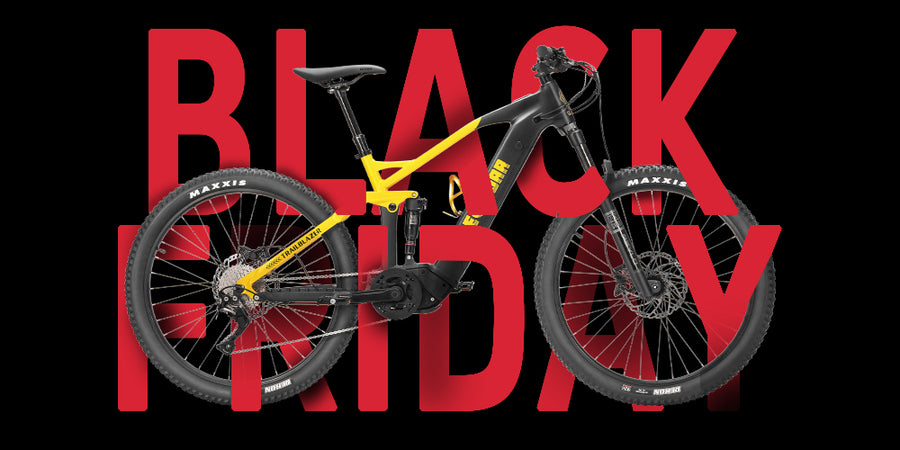



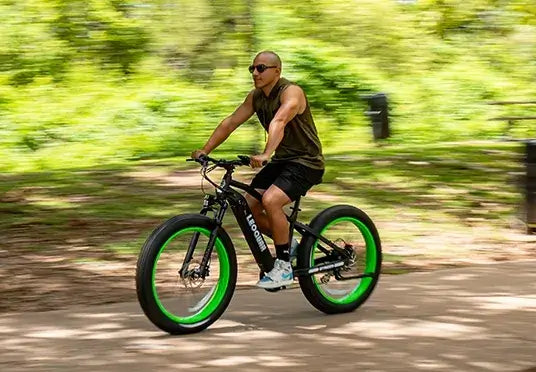
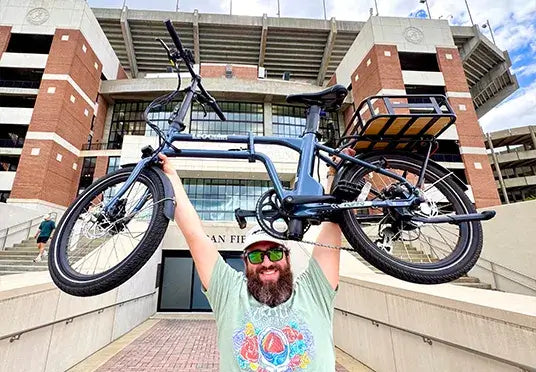
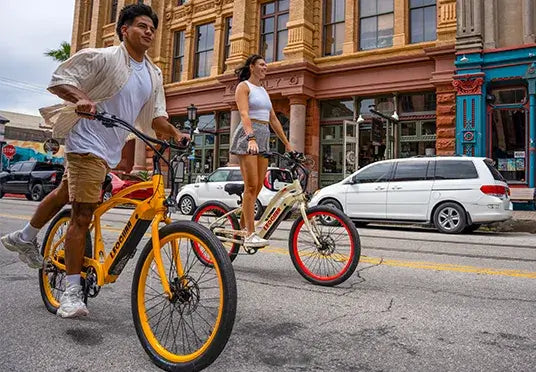
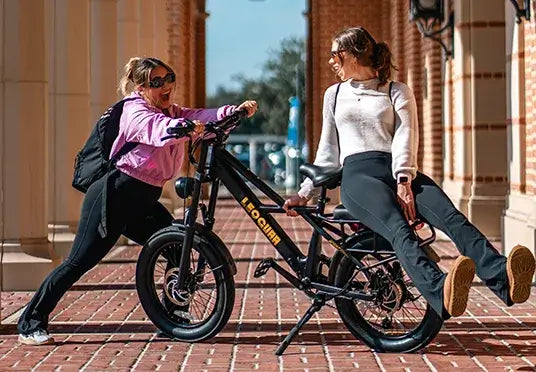
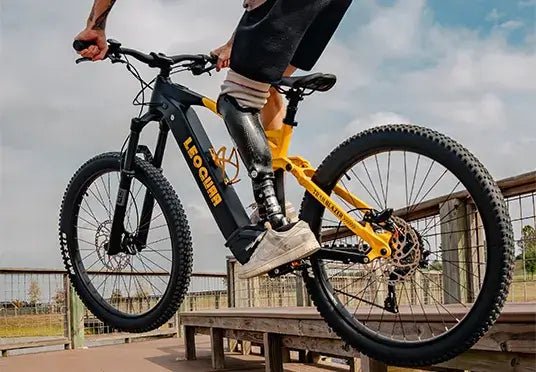

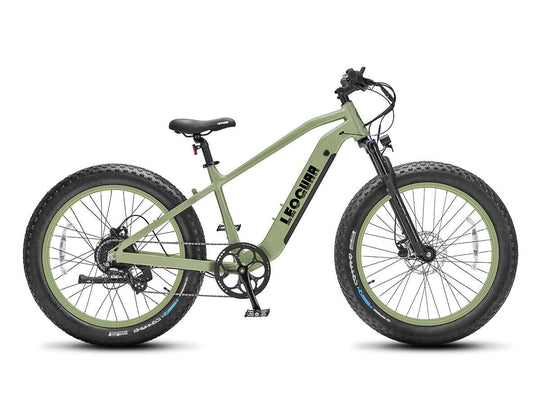
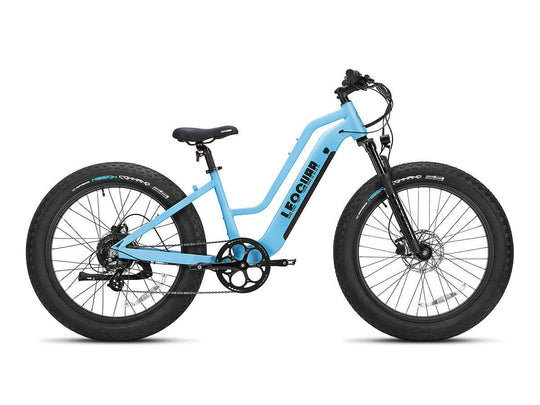
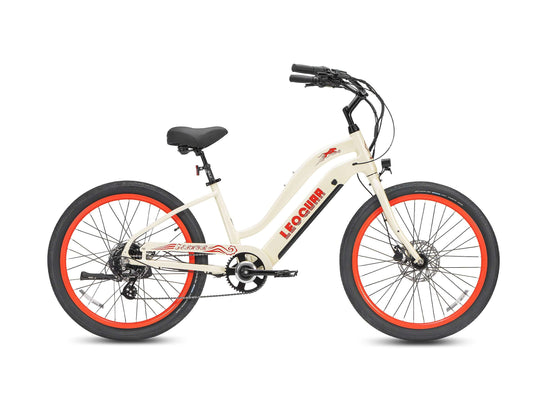
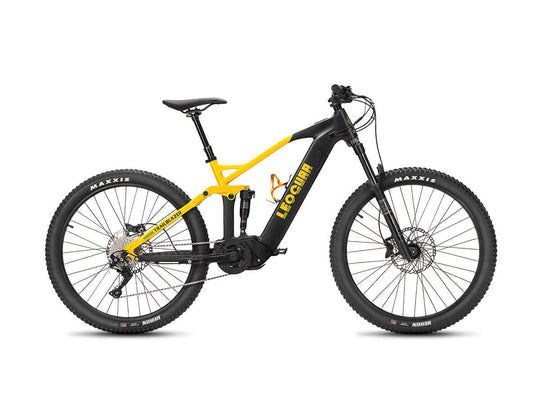

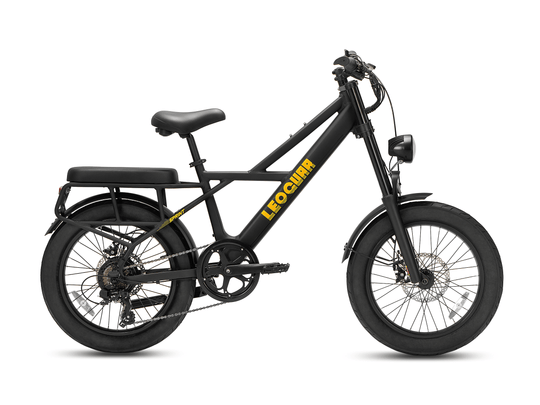
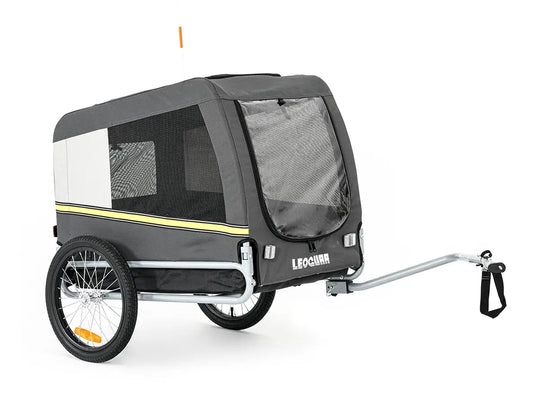
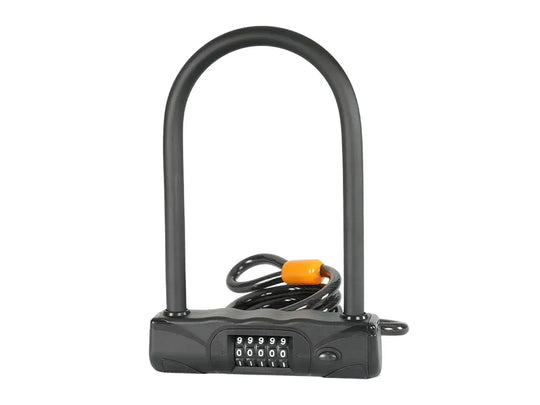

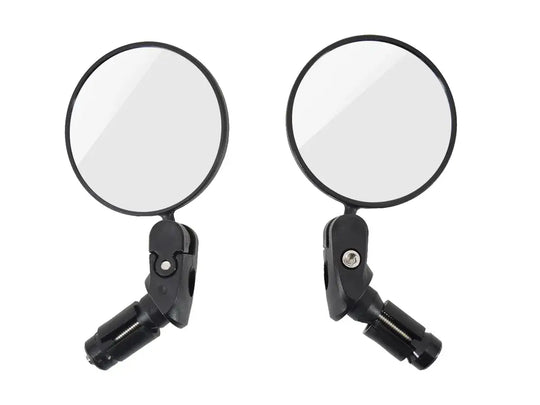

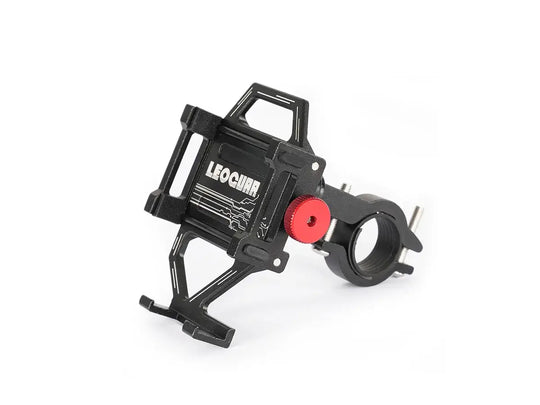
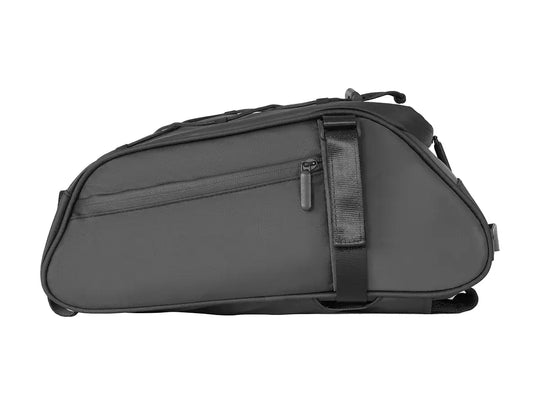
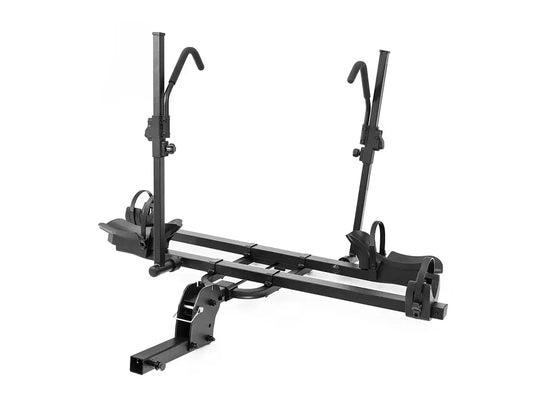
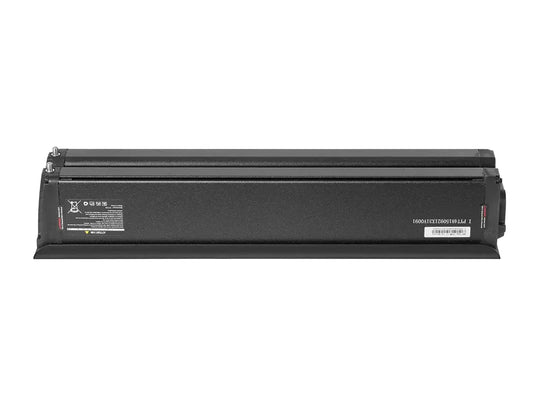

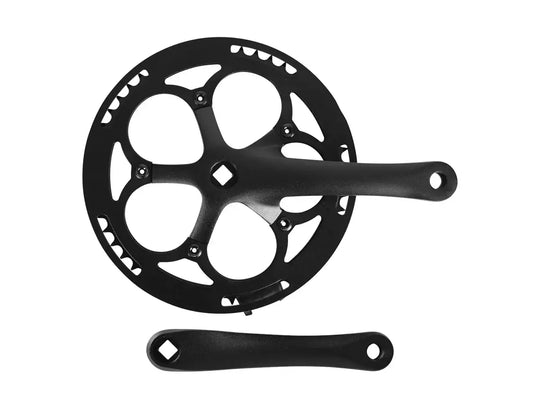
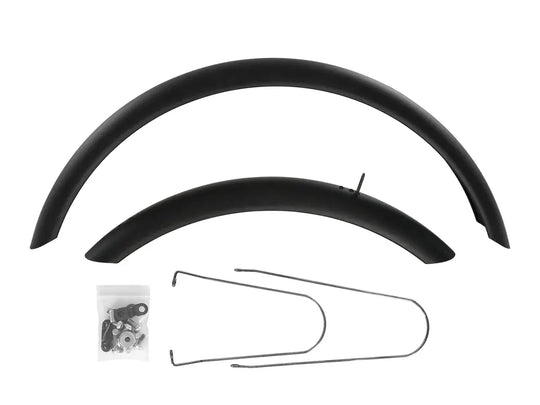
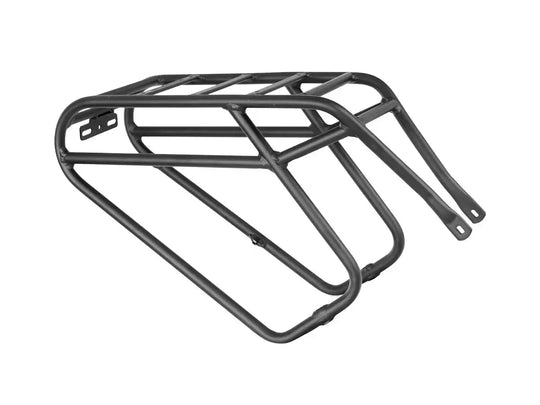
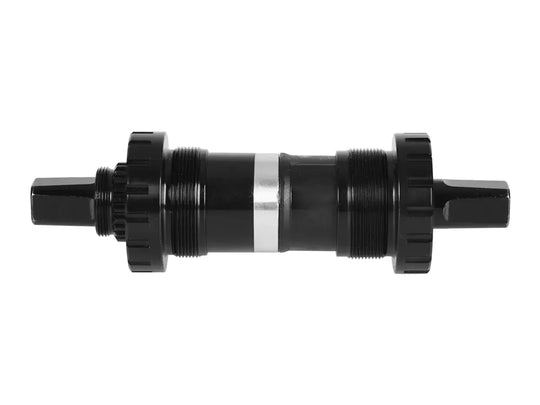
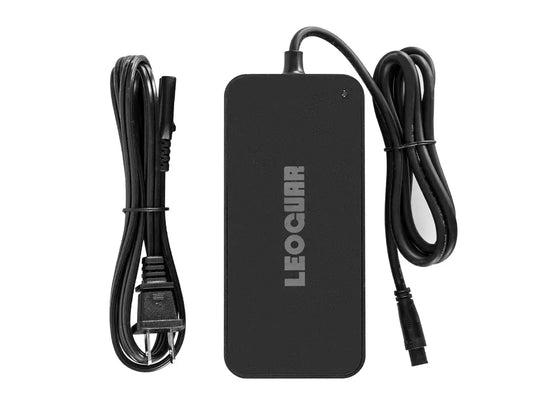
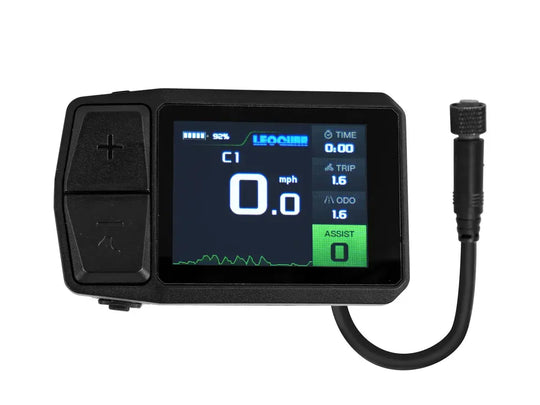
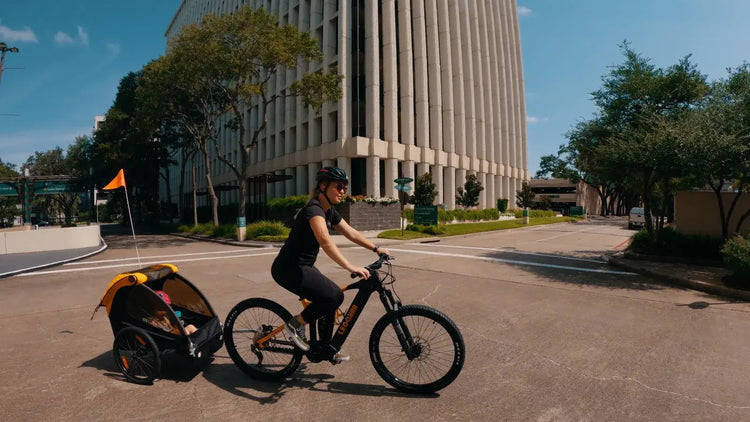
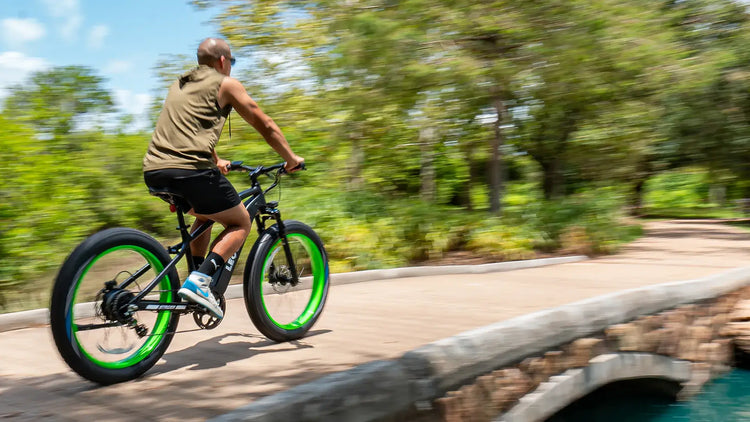
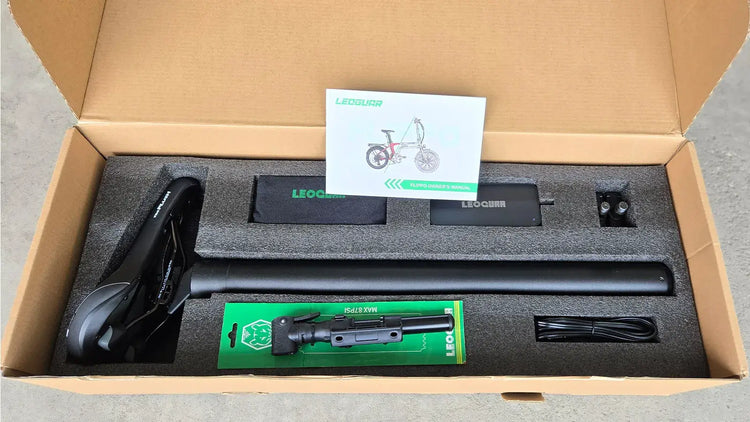
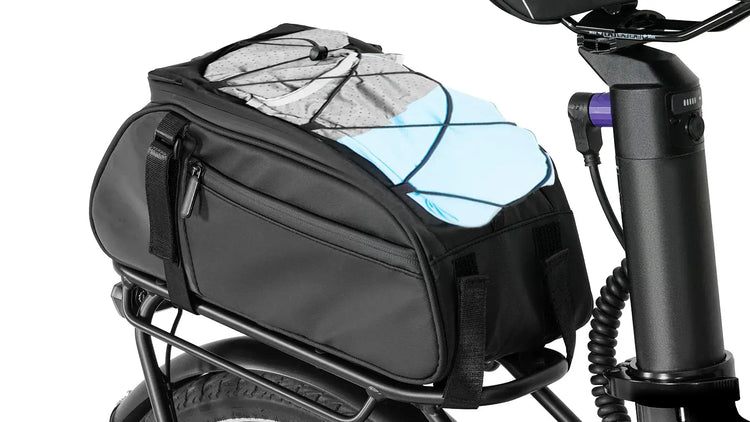
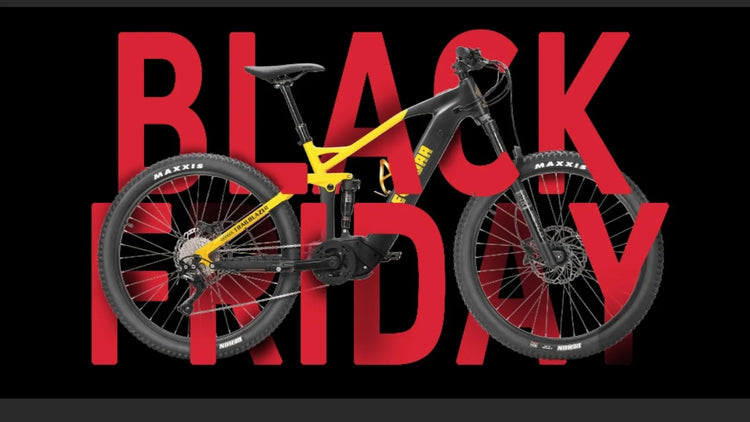


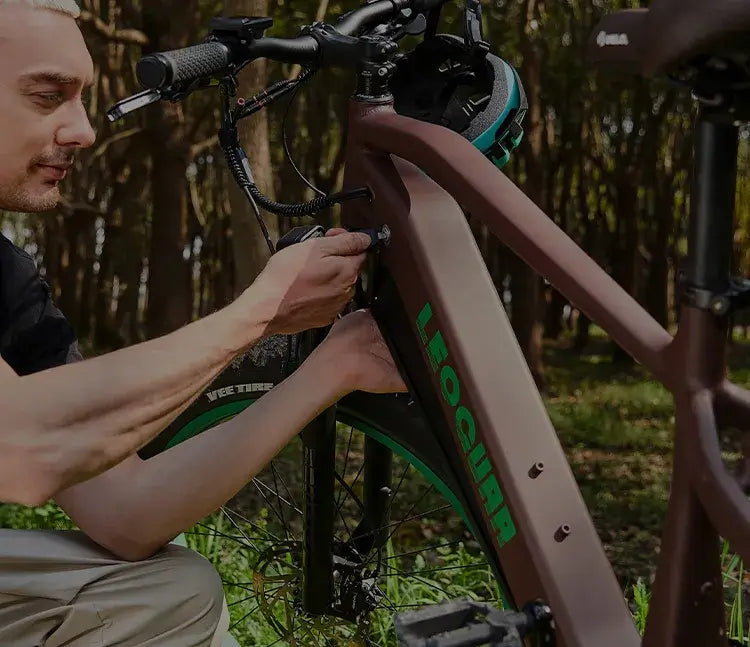
Leave a comment